Talk Overview
Cells are organized into many different compartments such as the cytosol, nucleus, endoplasmic reticulum (ER), and mitochondria. Almost all proteins are made in the cytosol, yet each cellular compartment requires a specific set of proteins. How does the cell regulate protein localization to be sure that proteins end up where they should? In his first lecture, Manu Hegde reviews the history of this field and highlights key experiments that have led to our current understanding of how protein localization occurs.
In his second lecture, Hegde explains that although the protein localization system usually operates accurately, it does sometimes fail. This can be due to genetic mutations, stress within an organelle, or just intrinsic inefficiencies that accompany any complex process. As a graduate student, Hegde used a cell-free in vitro system to study the translocation of prion protein into the ER. He found that a small amount of prion protein did not completely cross the ER membrane as expected, but remained in a transmembrane form. Worried that this was an artifact of the in vitro system, he designed experiments in mice to see what the effect of an increase in mislocalized, transmembrane prion protein would be. He found a striking result – even a small increase in the amount of transmembrane prion protein caused increased neurodegeneration in mice. It turns out that incomplete translocation is not unique to prion protein. Hegde tells us how, as an independent investigator, his lab went on to investigate why this happens and how the cell monitors and degrades proteins that are not properly localized.
Proteins that are secreted from the cell or localized to the plasma membrane need first to be translocated into the lumen of the ER or inserted into the ER membrane. Thousands of proteins, each with a unique signal sequence, move through this pathway. How does the protein translocation machinery recognize these diverse signals and correctly localize the protein? In his third talk, Hegde describes studies from his lab using cryo-electron microscopy to visualize the translocation machinery at different stages in the recognition and engagement of a secreted or membrane inserted protein. The structural information gleaned from these experiments helps to explain how the protein translocation machinery works with high fidelity even when it needs to recognize diverse signal sequences.
Speaker Bio
Ramanujan Hegde
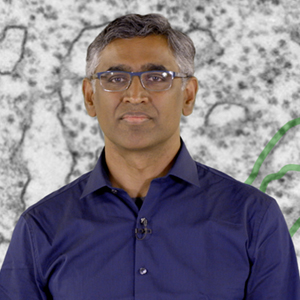
As an undergraduate, Ramanujan (Manu) Hegde studied biology at the University of Chicago with the thought that he would become a doctor. His summers and spare time were spent working in a lab, where he came to love the problem-solving of basic research. Hegde then fled Chicago winters for the sunshine of The University of… Continue Reading
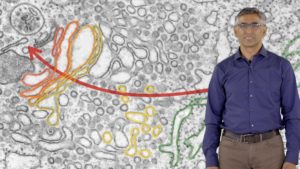
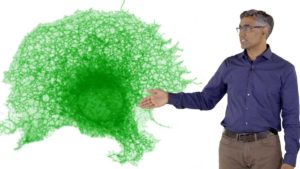
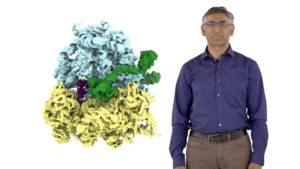
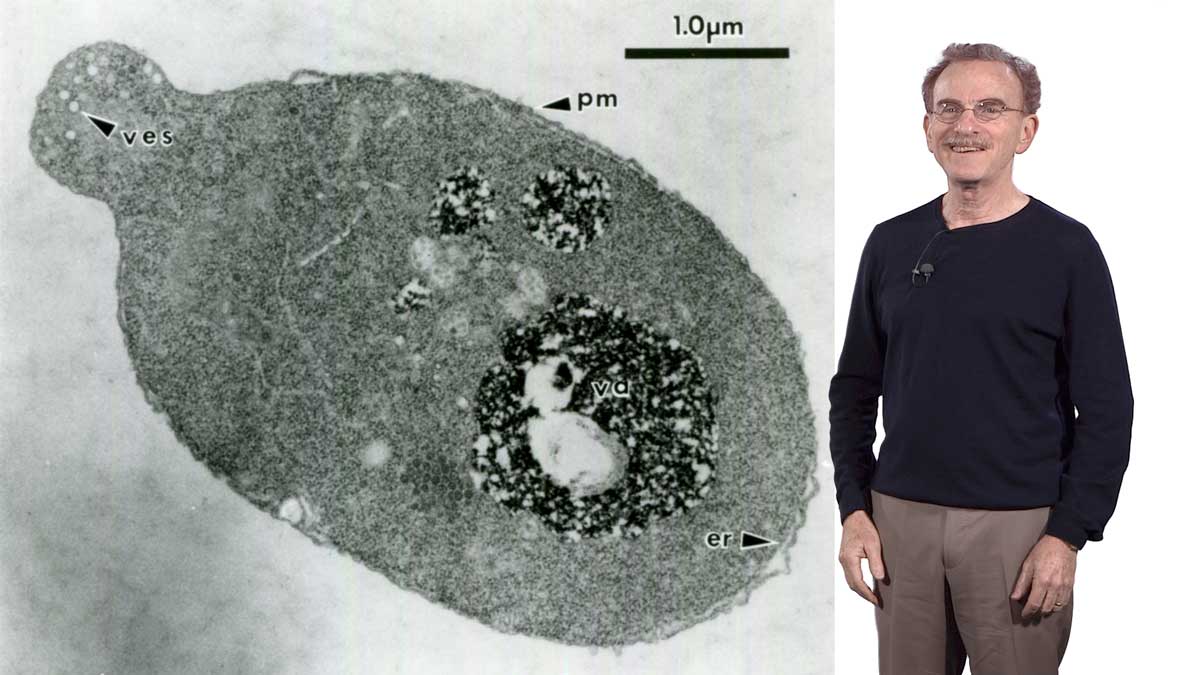
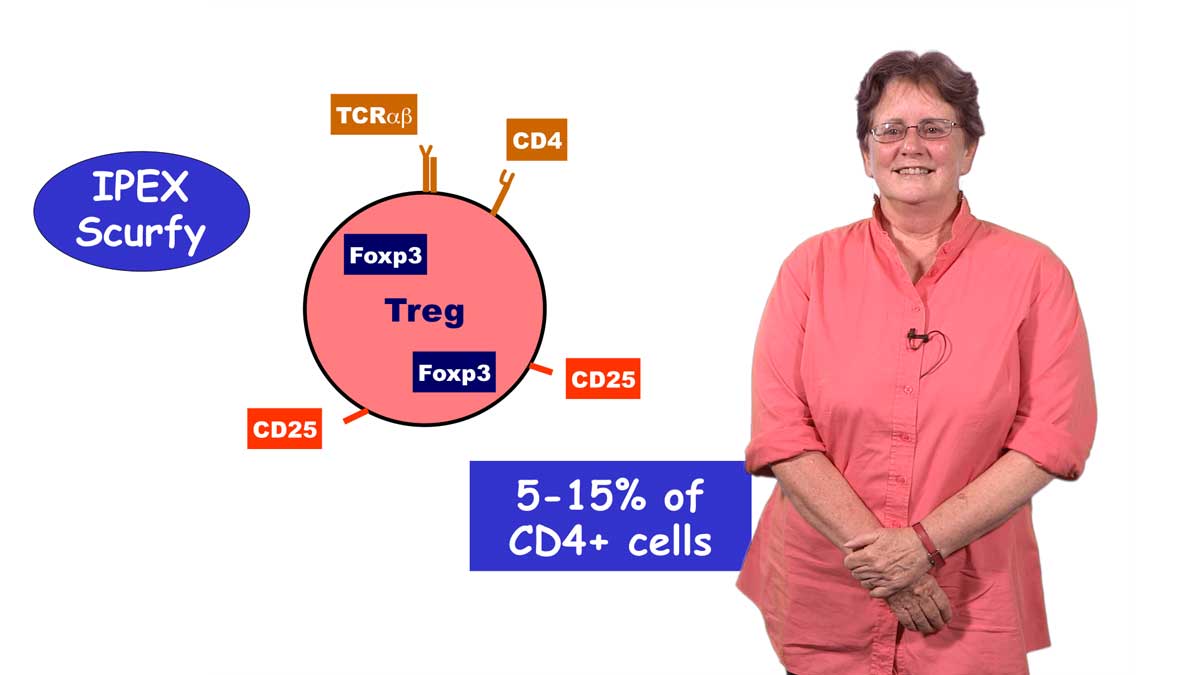
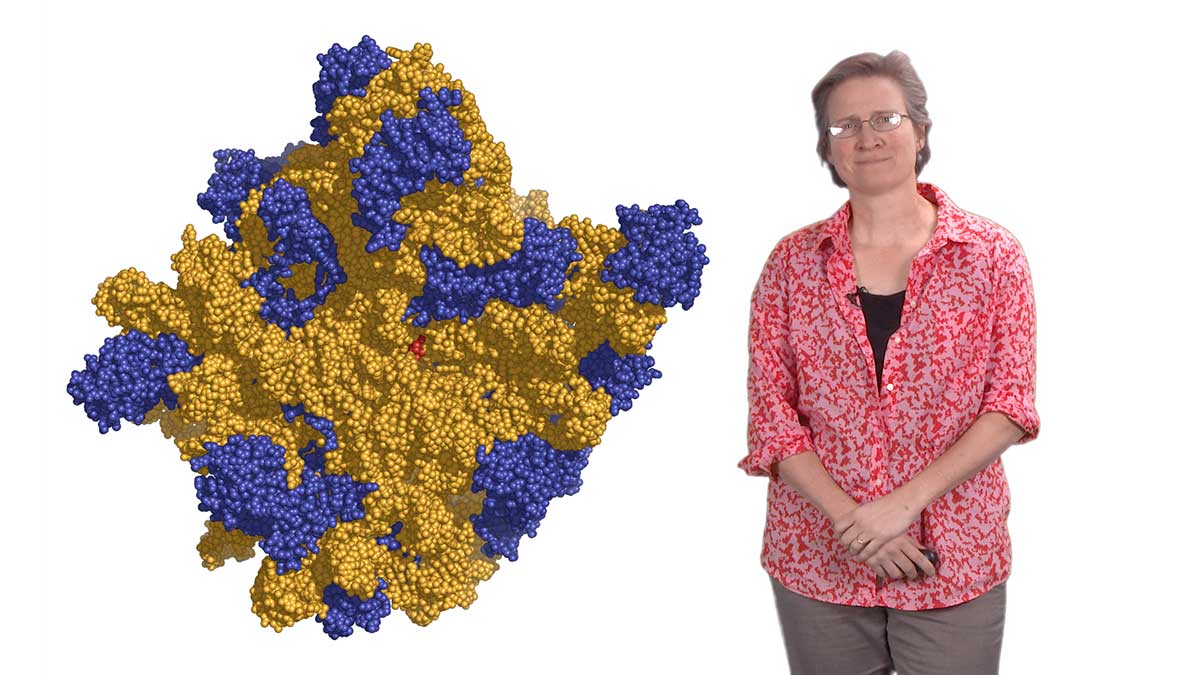
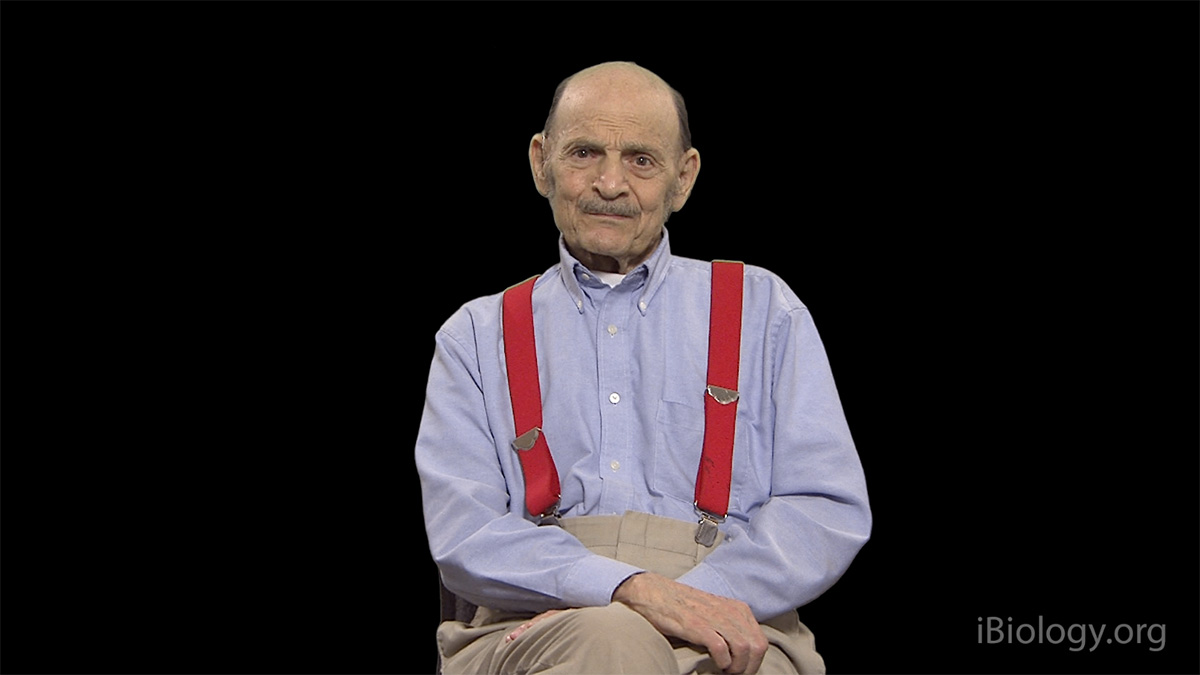





Leave a Reply